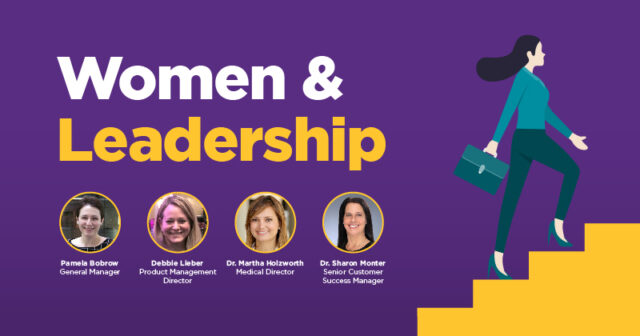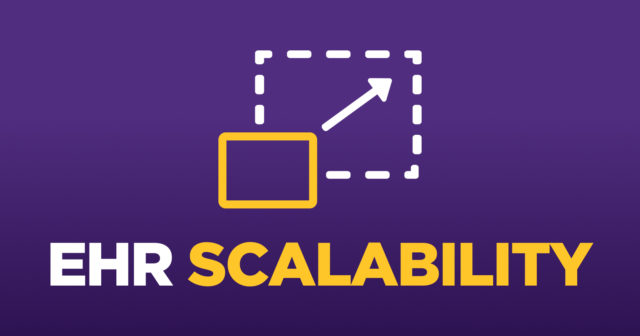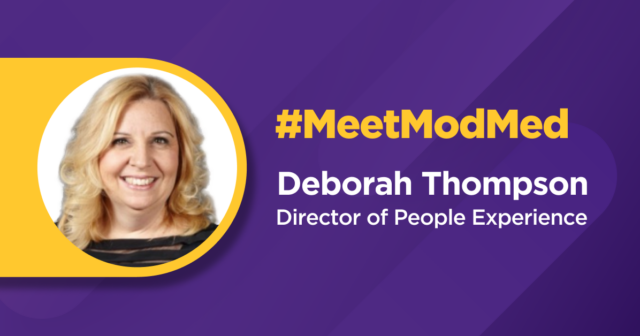Shifting the EHR Landscape with ModMed® OBGYN
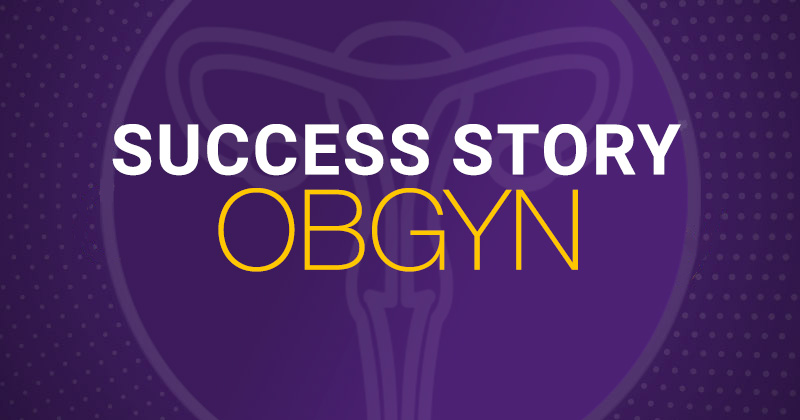
Case Study
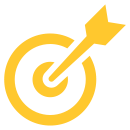
Practice Goals
- Develop an OBGYN-specific EHR
- Reduce physician burnout
- Spend less time documenting
- Improve the patient experience
Key Benefits Experienced
- Built by OBGYNs for OBGYNs
- All-in-one specialty-specific software streamlines workflow
- iPad capability enhances patient engagement
- Intelligent automation improves efficiency
Hear from two ModMed physicians who helped build an OBGYN-specific EHR and why they think it will help their colleagues rediscover the joy of practicing medicine.
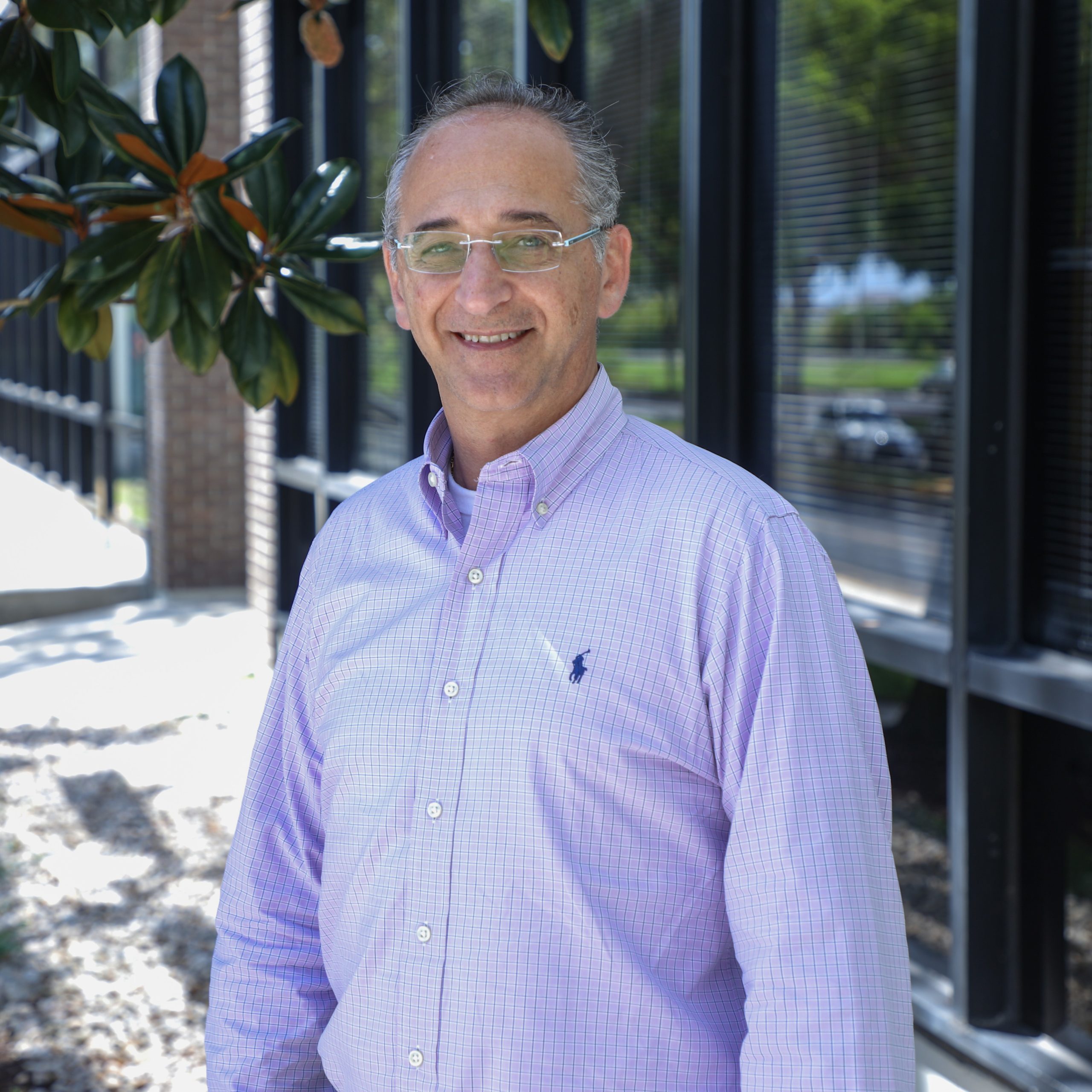
”ModMed OBGYN was built by physicians for physicians. With just a few taps on the iPad, I can complete a thorough history and physical exam using a form factor that not only allows for maintaining eye contact and better communication, but actually enhances patient engagement.”
‒ NIGEL A. SPIER, MD, MODMED OBGYN TEAM LEAD
For some OBGYNs, a major contributing factor to burnout is not having the right tools to care for patients in today’s technology-driven environment. EHR systems that weren’t designed for OBGYN can take away the joy of practicing, adding hours of additional work each day.
Board-certified obstetricians and gynecologists, Nigel A. Spier, MD, and Hung Ecklund, MD, were frustrated with their general EHR systems. The platforms they experienced were either built as a solution for billing and coding, and the clinical side was an afterthought, or the clinical side was there, but it wasn’t OBGYN-focused. They believed there was a better way.
They joined the ModMed® OBGYN team to help develop an EHR that captures key OBGYN elements that are missing in the vast majority of medical records. They share why it’s important to help lessen the burden of documentation so their fellow colleagues can fulfill their passions for patient care.
Team Lead: Dr. Nigel Spier’s Perspective
When I see the reaction of new parents witnessing their baby’s first heartbeats on an ultrasound, I still get such a thrill and joy. As OBGYNs, we enjoy one of the most unique and privileged roles there is in our patients’ lives. What also makes that moment so fulfilling for me is that it’s a perfect example of how technology can connect us with our patients like no other specialty. It’s the best part of my job.
I have always been passionate about both science and technology. Even as a premed student, I made a commitment to learning about programming and coding, thinking it would probably figure in the future of healthcare at some point. So it seems only natural that after being in private practice for over 25 years, I would have found a home at ModMed where I was finally able to connect the two.
Over the years, as a result of group acquisitions, mergers and retirements, I found myself quite unexpectedly in solo practice. I saw it as the perfect opportunity to build my “practice of the future.” But like so many others, I experienced the frustration of using systems that seemed to lag behind solutions the rest of the world was benefiting from. They were clunky, poorly designed and it seemed in many cases the core clinical functions that I needed were only being addressed as an afterthought. “If my smartphone can figure out what movies I like or where I like to shop based on my preferences, why can’t my EMR figure out how I practice based on my training?” I thought.
Then one day I got a phone call from a friend who told me he knew someone that was interested in speaking to me about coding for a new OBGYN-specific version of EMA® – Electronic Medical Assistant – by ModMed. It had been a while since my undergraduate exploits in coding, but Dr. Sherling and the ModMed team offered to bring me up to speed and teach me how. I was finally able to reconnect my two passions, quickly becoming the team lead for ModMed OBGYN.
ModMed OBGYN was built by physicians for physicians. EMA adapts to your needs and the way you practice, unlocks your skills rather than hampers them, and it allows you to spend more time listening to and engaging your patients. Using an iPad, doctors are able to document with a more natural interface, in real time, with the patient in the exam room, when and where it matters most, without being tied to a desktop or stuck behind a laptop screen.
With just a few taps, I can complete a thorough history and physical exam using a form factor that not only allows for maintaining eye contact and better communication, but, in my experience, actually enhances patient engagement. EMA allows for easy access to the entire scope of an office visit at my fingertips — medications, past history, lab results, follow-ups and imaging studies. Tasks like sending prescriptions, orders and billing can be completed before the patient leaves the exam room. We can also easily communicate with patients via the Patient Portal where they can view their records, tests and lab results.
Two procedures that we handle frequently are colposcopies and ultrasounds. The workflow that we’ve designed for these — I don’t believe there’s anything else out there like it. Our body map helps improve efficiency and saves time. For example, if I find a breast lump, I can simply tap on the screen to indicate the location on the body map and that translates right onto my report, so the radiologist knows exactly where to look. When I perform a colposcopy, the body map records exactly where I took my biopsies so I can refer back to it later. I think physicians who use it will quickly rediscover the joy of practicing medicine as an OBGYN.
Medical Director: Dr. Hung Eckland’s Perspective
It is hard to describe the joy that comes with delivering a baby. It is a joy that never grows old and it is one that is shared by my dedicated OBGYN colleagues. However, in recent years, I noticed that many of them were choosing early retirement and part-time work, having found themselves disillusioned by the changes in the healthcare system that favored documentation and performance metrics. Specifically, the EHR system, which was supposed to help physicians be more efficient, became a “ball and chain”. Instead of giving us the tools we needed to better engage with our patients, it added a heavy burden of administrative work that took away the joy of practicing medicine. I have personally experienced the dread of spending hours documenting late into the evening.
When Dr. Michael Sherling from ModMed reached out to me and explained the company’s product and vision for OBGYN, I was enthralled. Here was a company that wanted to design a product based on the doctor’s experience, daily workflow and emphasis on patient care. I thought, ‘Wow, you really are going to listen to what the doctors need’. I accepted the remarkable opportunity of becoming the medical director for ModMed OBGYN because I’ve always had a heart for helping my colleagues and I truly believe in the product.
OBGYN is unique in that it encompasses elements of primary care, surgery and obstetrics. We need an EHR that can manage all of these intricacies, one that contains specialty-specific content and yet is also comprehensive. In building ModMed OBGYN, one of my top priorities was to create a pregnancy record that was succinct and allowed clear and easy documentation. Communicating this information from doctor to doctor and from the office to the hospital is critical in providing seamless and excellent patient care.
At ModMed, we constantly think about how to achieve a well-documented note while allowing the doctor to spend more time with the patient. With our OBGYN-specific plans, the doctor can tap on elements pertinent to a procedure, an endometrial biopsy, for example, and our EHR will bring in a detailed procedure note. What’s remarkable about our EHR is the ability of the doctor to make changes on the fly while caring for a patient. It will remember the doctor’s changes and adapt. In time, the program feels very personalized to the needs of the individual doctor.
Because our EHR is a native iPad application, doctors can be freed from a desktop if they prefer to use a tablet. When I am with my patient, I don’t want a computer to get in the way of my interactions with her. I want to be there to hold her hand when she is going through something difficult, and it’s hard to be present when you’re looking at a desktop screen. With an iPad, it’s different because you can use it to interact with the patients, show them their lab results or illustrate a surgical procedure.
